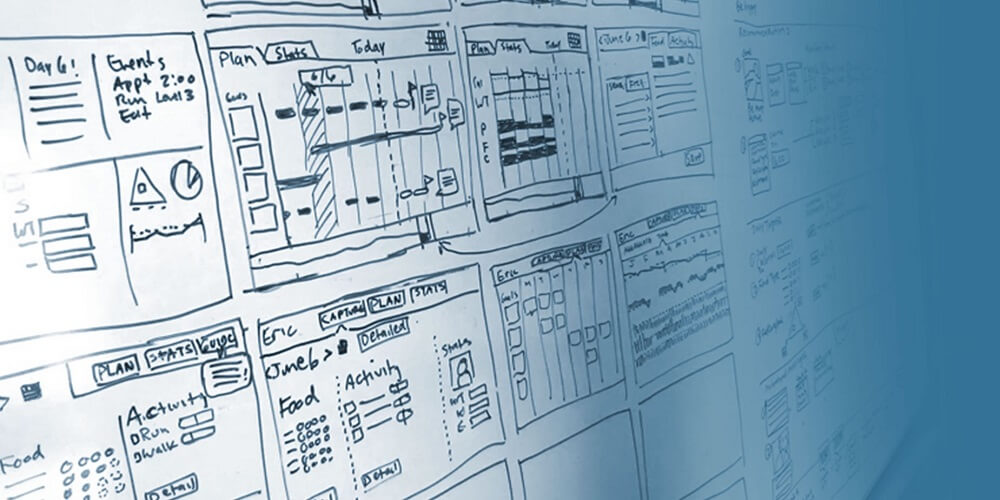If you’re looking for an effective way to structure your design ideas before they waste, you should consider prototyping. A rapid prototype china manufacturer can help you to execute some of the procedures such as prototype testing.
Currently, there are no perfect means of creating a prototype. However, if you learn how to avoid some of the typical mistakes that most designers make during prototype testing, you could save yourself some time, energy, and money.
That being said, this article contains two mistakes that you are likely to make during prototyping. Let’s dive in!
Top mistakes to avoid during prototype testing
1. Not having a defined goal
This is probably the most common mistake that a lot of people unknowingly make. Ask yourself; what will I use the prototype to test? What’s the estimated duration of production?
The essence of asking questions is to be sure that you have a guide throughout the product development process. Also, a clear goal will enable you to measure your success at the end of the day.
2. Using the wrong tool
While looking to choose a prototyping tool, you should first think out the level of fidelity you intend to work with. You, however, can settle for the tool that you’re most convenient with. This will cause you to only create a prototype that is fit for the level of fidelity your tool allows.
Whatever tool you end up choosing, be sure that it coincides with the goals you’ve set for yourself earlier on.
3. Refusing to prioritize interactivity
Every good prototype should show a practical user experience. This means that while creating a prototype, you must ensure that the user interfaces swiftly respond to instructions from the user, just like in the final design.
If you fail to pay attention to interactivity, you may miss out on customers’ feedback concerning usage and functionality. With proper user interactivity, you can get an edge over your competitors.
4. Not asking for feedback early
Genuine feedback remains one of the best ways to grow your business up to the highest point. So, at different stages of the product development, try to ask different people what they think about your product.
Additionally, you can show your prototype to some other designers and request feedback.
5. Allowing past failures to discourage you
After you get users to test the product and give you feedback, two things are bound to happen – you either get a positive or negative response.
While the latter can be discouraging, you mustn’t allow it to weigh you down and affect your future projects. Prototyping primarily deals with testing concepts and ideas, so you don’t expect every feedback to be perfect.
Instead, see every invalidation as an opportunity to learn and improve on your next project!
Final Thoughts
In summary, there are specific great practices that are best for making prototypes. Similarly, there are some that lead you to waste your time and resources.
Learning what these mistakes are and how to avoid them will help you create a great product that will receive positive reviews from your users.
